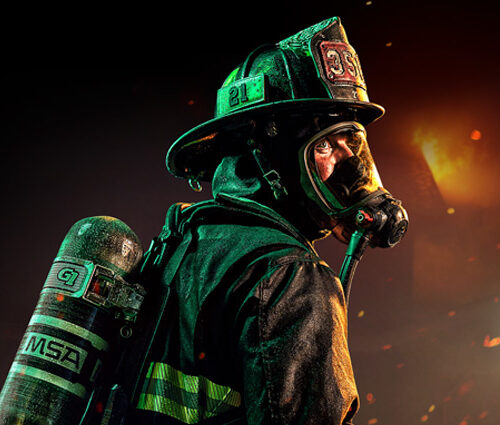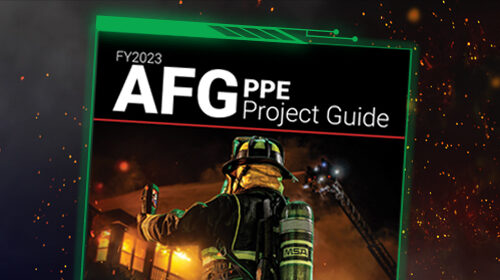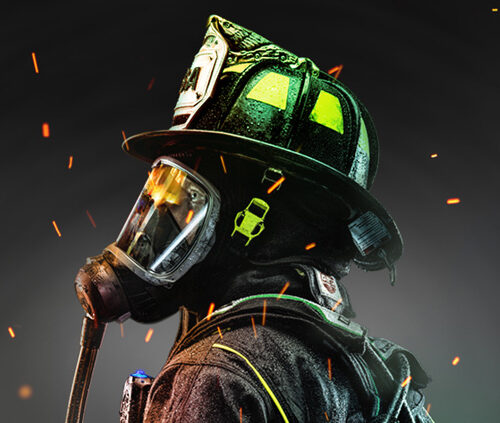
The FEMA Assistance to Firefighters Grant (AFG) open enrollment is expected soon, so there’s no time like the present to gather the information you need to submit an effective application.
While most of the AFG application has stayed the same this year, changes were made to the process – including a new FEMA Grants Outcomes (GO) system and a more user-friendly interface.
To be successful in your grant application and submission, make sure you follow these six steps.
Step 1: Register for GO
The first step is to register for FEMA’s GO system, part of the Grants Management Modernization (GMM) Program started in 2015 to consolidate FEMA grants management systems into a single IT platform. Applicants are required to register to access and complete their FEMA applications.
The new GO IT platform is available for local and state governments as well as tribal and territorial partners. The system is user-friendly, features plain language, and streamlines the application process.
Register here.
Step 2: Double-Check Your SAM and DUNS
Make sure your SAM and DUNS information is current.
SAM is a web-based, government-wide application that collects business information in support of the contract awards, grants, and electronic payment processes.
To register with SAM, go to the SAM website with the following information:
- DUNS number
- Taxpayer Identification Number (TIN) or Employment Identification Number (EIN)
Step 3: Gather Data
To prepare your data in advance, go to the FEMA website and download the PDFs in the document section with the previous year’s application guidance. These self-evaluation sheets, checklist, and FAQs help departments get organized before the grant opens, especially if working with multiple partners on a regional grant.
Collect data using the worksheet forms such as the number of calls your department has had over a 3-year period, the type of calls, high-risk areas in your region and the age of your equipment. Much of this data can be pulled from your department’s annual risk assessment or analysis.
Step 4: Get Estimates and Justify Expenditures
You must provide estimates and justify the expense of equipment in your AFG grant.
For example, in the Project Description and Budget section of the AFG grant, it is important to include the per-unit cost of each item requested and a description of any special features. Also, provide data on how the award improves safety at your department – using figures to back up statements.
Step 5: Write a Good Narrative
The 2019 AFG application still features narratives, which undergo peer review and can determine whether or not you are awarded grant monies. A well-written narrative that is clear and concise will help your department’s story stand out in this competitive review process.
To make sure your narrative is error free, write it in a separate document. When writing, include the challenges your department faces if not awarded new equipment. For example, if you are asking for new SCBAs, disclose the life-safety risks of not getting NFPA-compliant equipment.
Step 6: Seek Out Grant Experts
It helps to seek out grant professionals when working on an AFG application. Grant experts can be a second pair of eyes on your applications, helping it score better by adding essential information based on their knowledge of the grant and catching typos.
Often, these experts can assist you for free with grant research, grant alert notices, and grant application reviews. MSA Safety partners with FireGrantsHelp to provide departments with grant resources and services specific to turnout gear and SCBA. For more information, contact FireGrantsHelp.com.
Visit the FEMA website for full details on AFG.
Register here today!
Turnout Gear: https://globe.msasafety.com/fire-gear-grant







